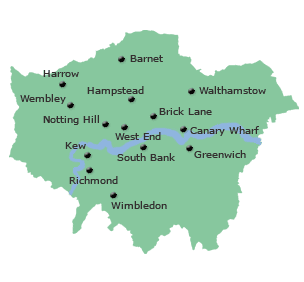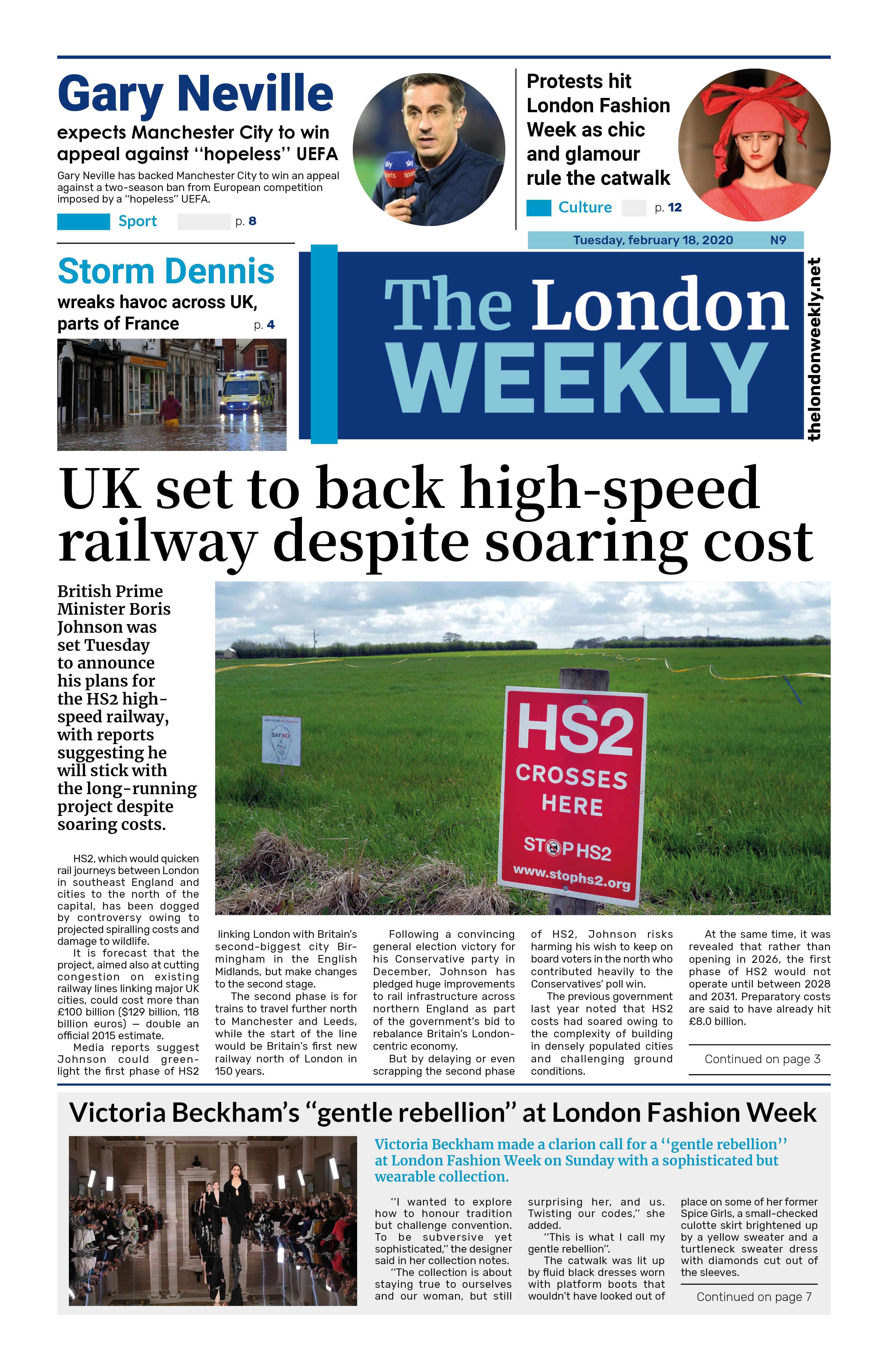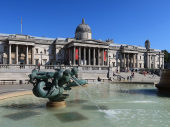
Millions of public sector employees, including nurses, doctors, teachers, and armed forces personnel, have been offered pay increases ranging from 3.6% to 4.5%, following the government's
acceptance of recommendations from independent pay review bodies. This is higher than the 2.8% increase initially planned in the government’s budget.
The decision comes after unions warned of potential industrial action, arguing that a 2.8% raise was insufficient. However, the Treasury insists any increases beyond the budgeted amount must be funded through savings within existing departmental budgets.
Pay breakdown:
- NHS staff in England (excluding doctors, dentists, and senior managers): 3.6%
- Doctors, dentists, teachers, and prison officers: 4%
- Armed forces: 4.5%
- Senior NHS managers and senior civil servants: 3.25%
The Department for Education announced an extra £615 million to help fund the teacher pay rises, though schools are expected to contribute through efficiency measures. Unions welcomed the increase but warned school budgets may still be strained without further support.
The Department of Health and Social Care said frontline services won’t be cut, claiming savings would come from reducing reliance on temporary staff, cutting waste, and reorganizing NHS England.
Inflation and context:
While inflation had been falling, it rose to 3.5% in April, raising concerns about how these pay deals will be received. The Bank of England expects inflation to peak at 3.7% later this year.
Last summer, Labour ended a wave of public sector strikes by approving pay rises between 4.75% and 6%, drawing criticism from the Conservatives for allegedly losing control of public spending. Photo by Katie Chan, Wikimedia commons.



































